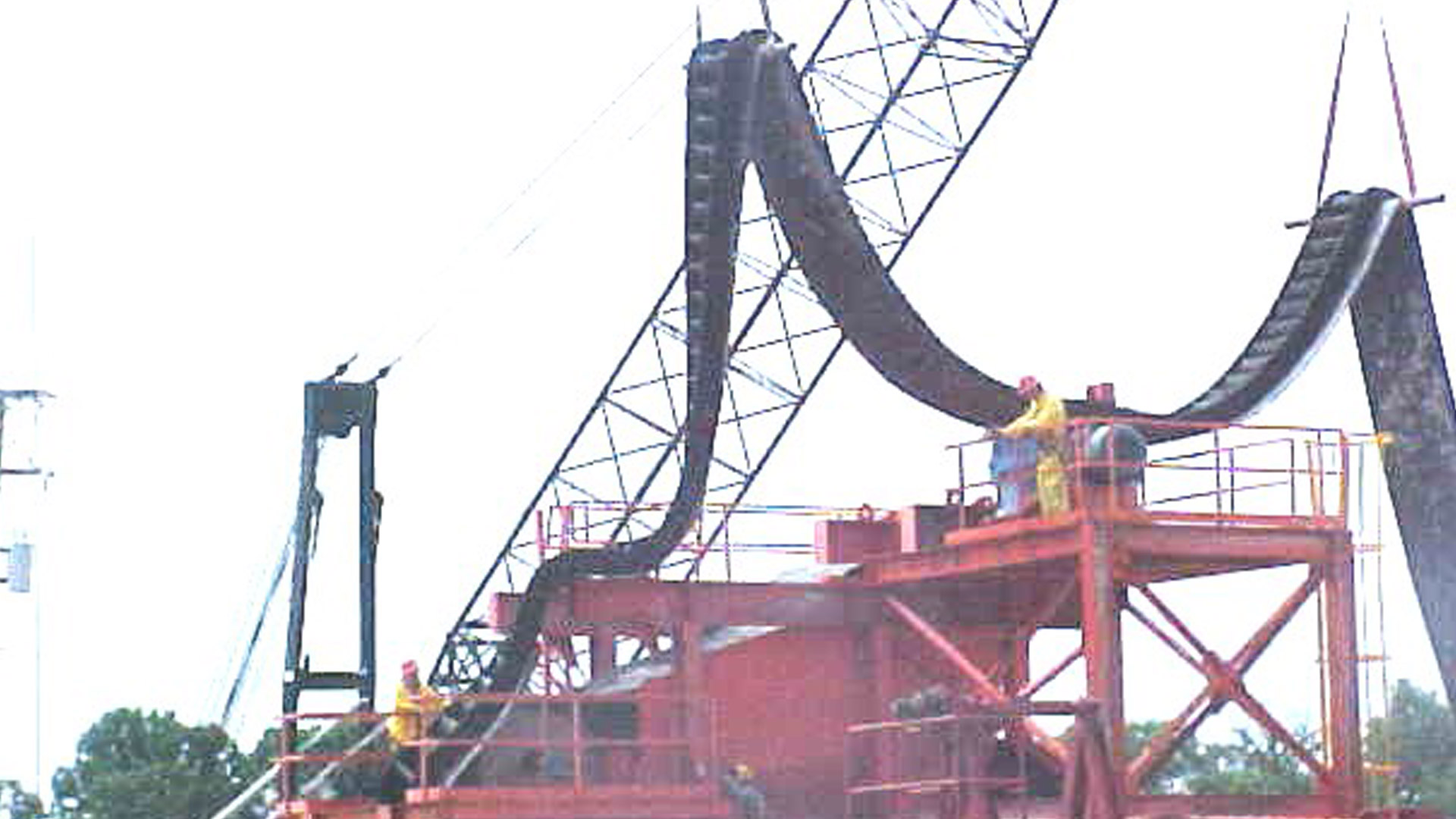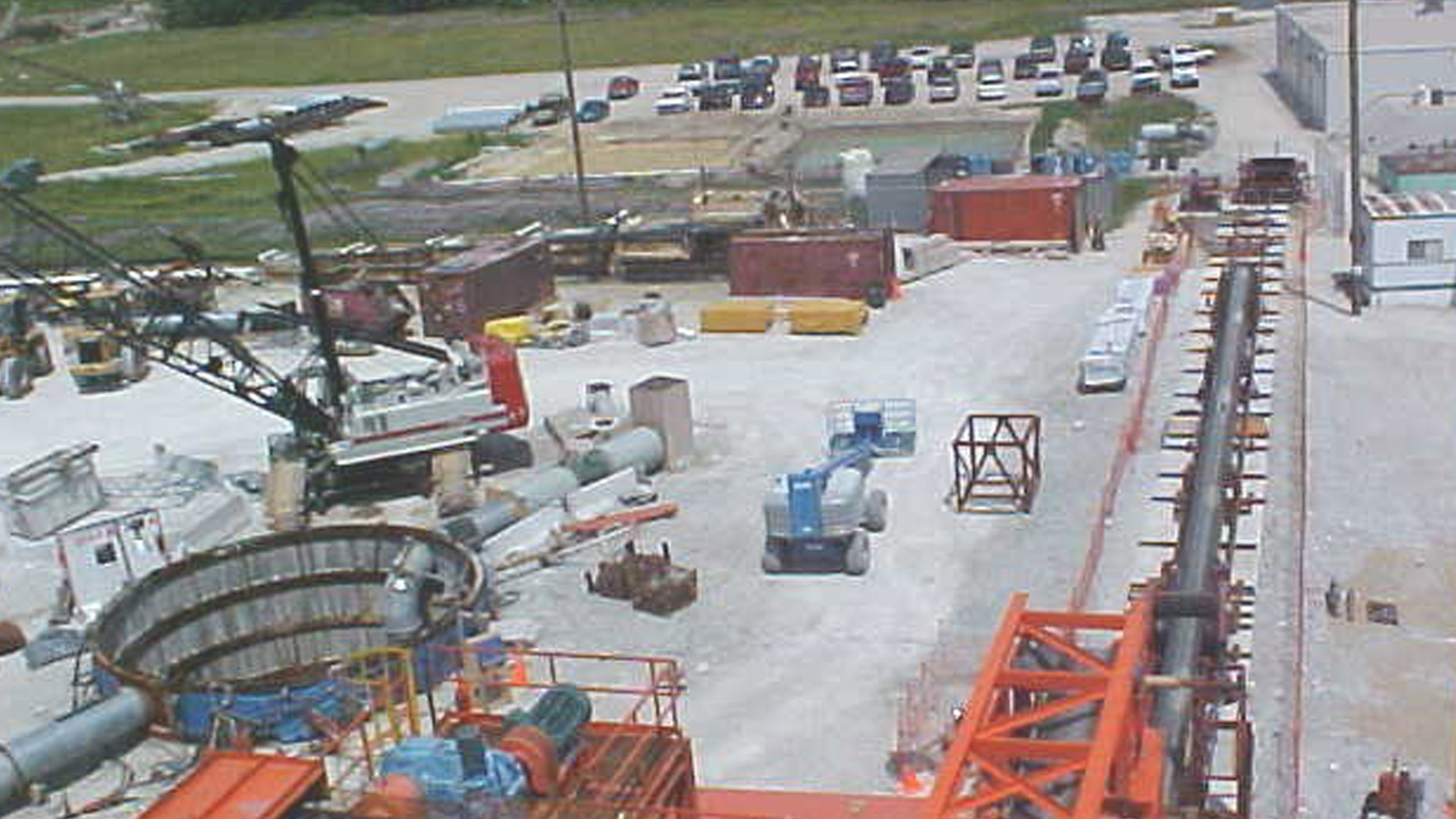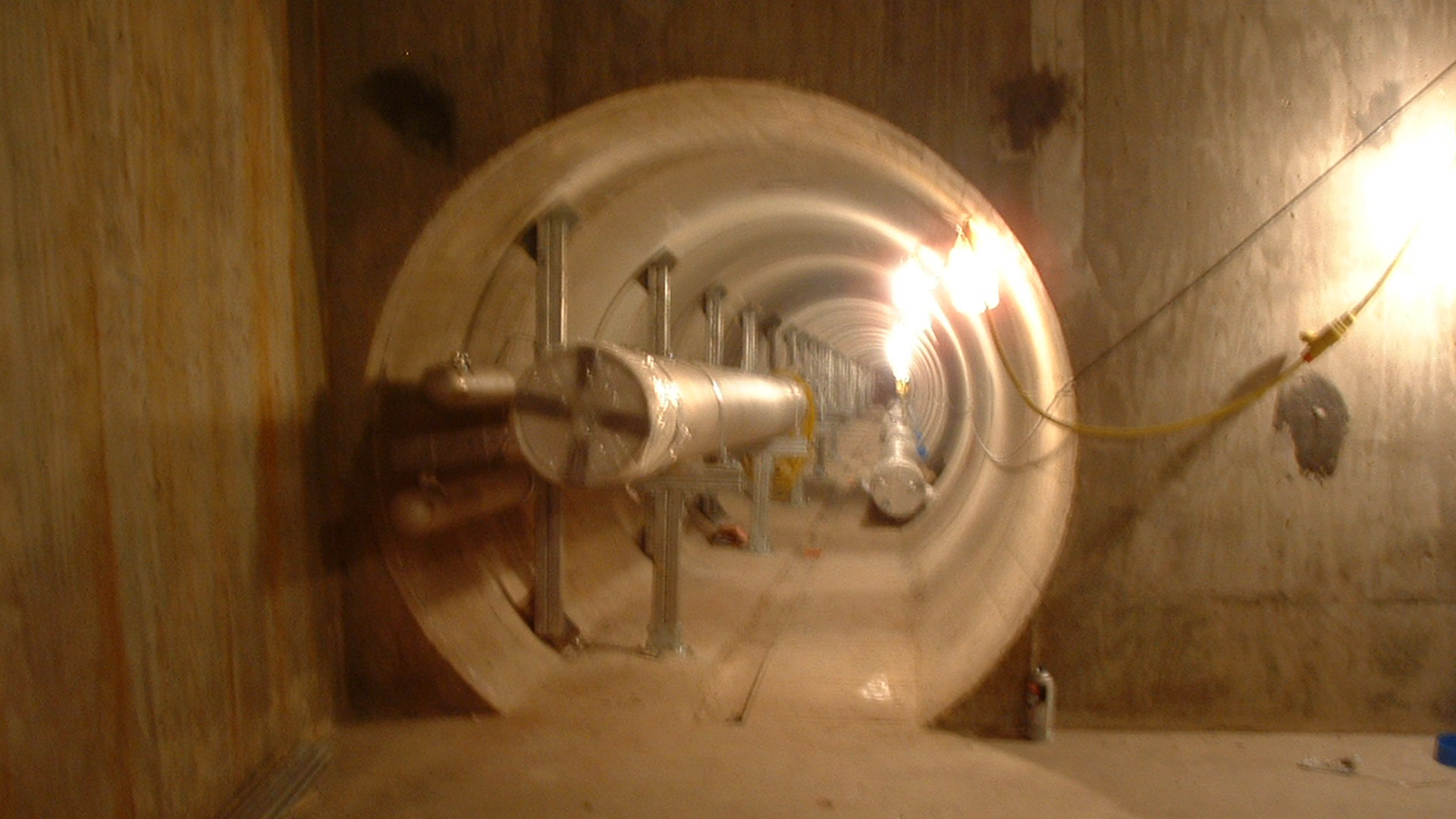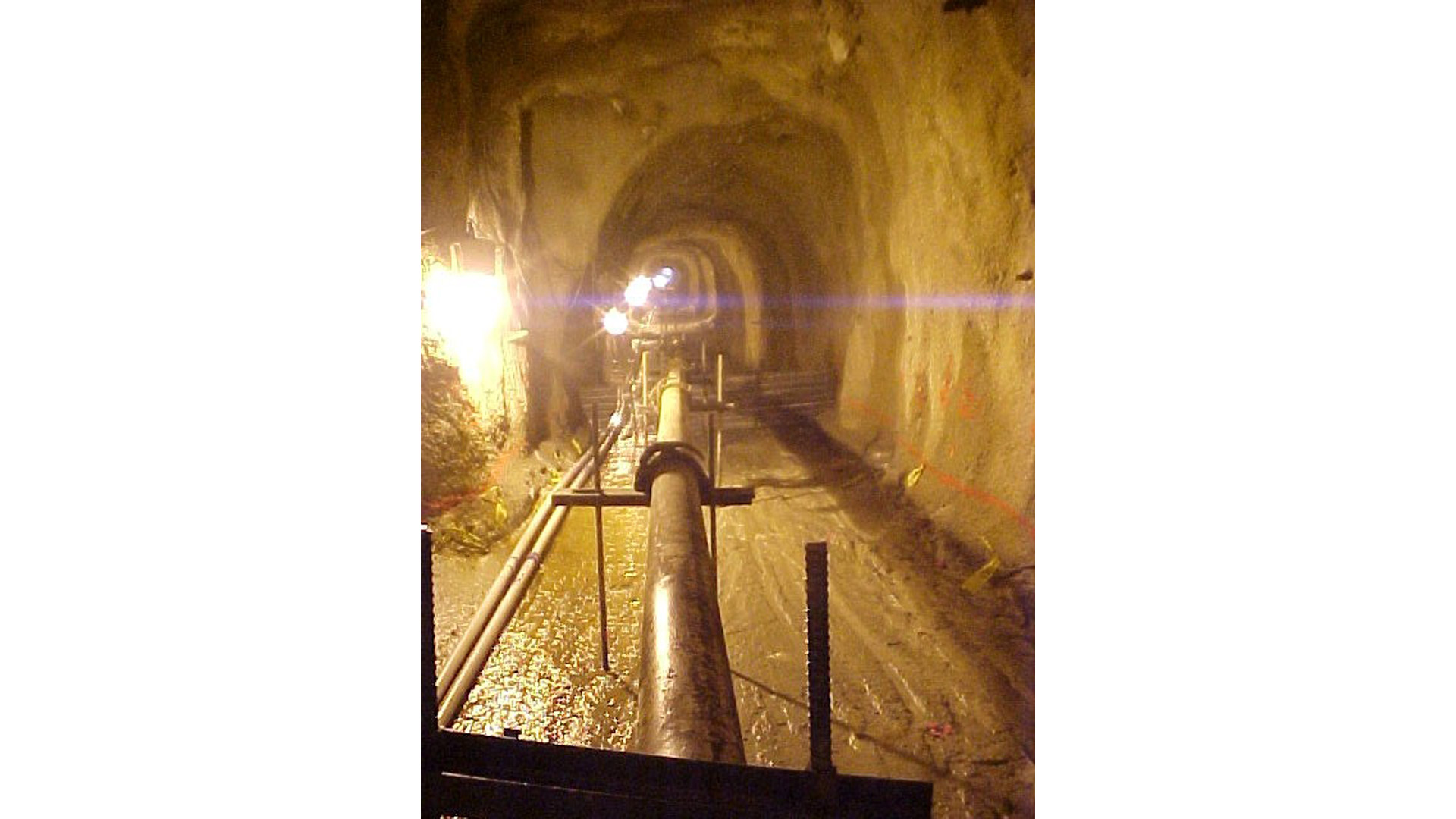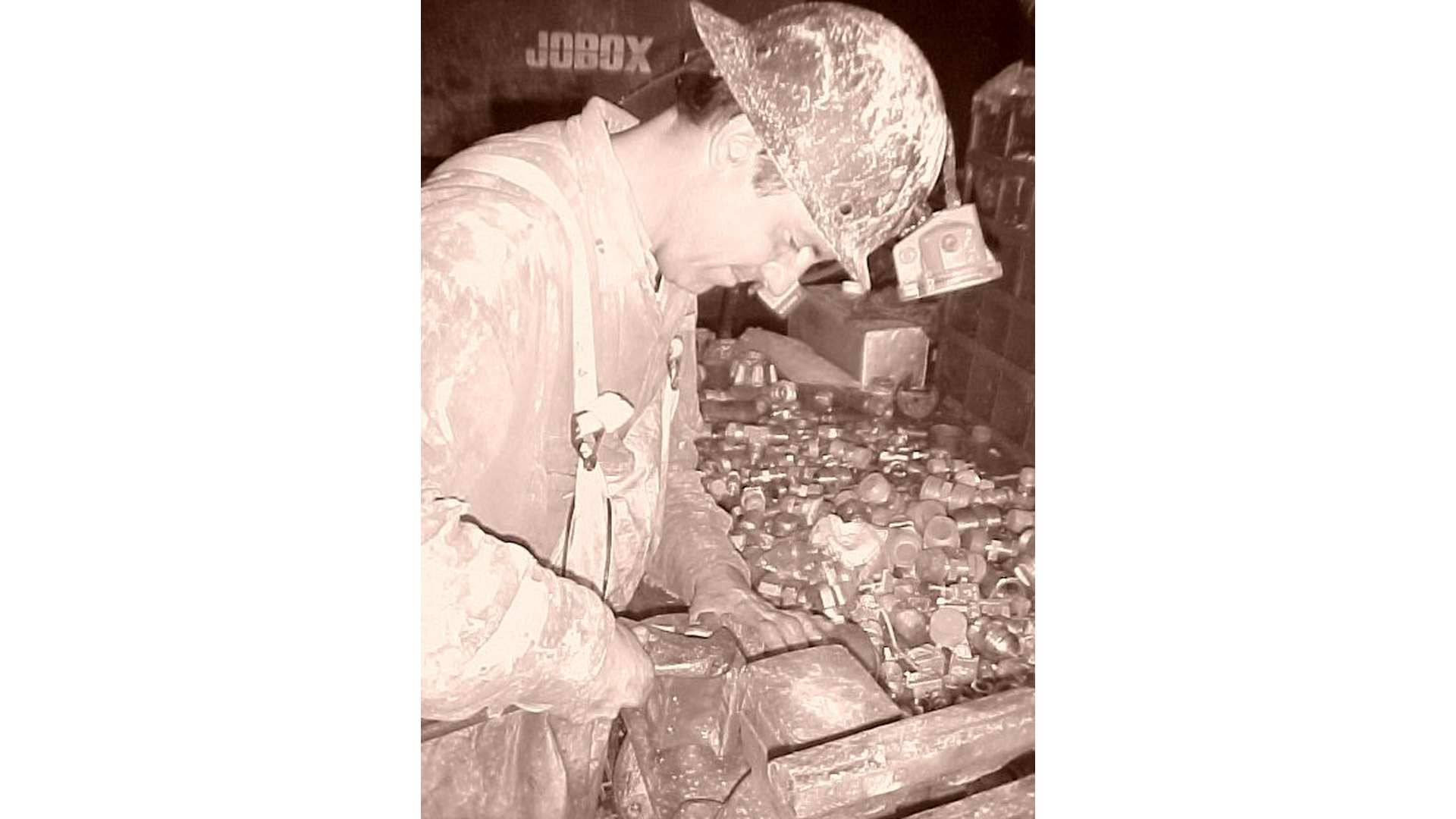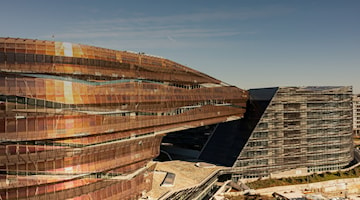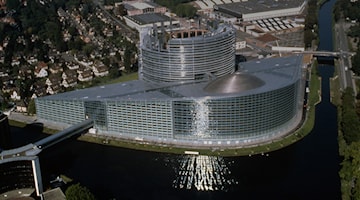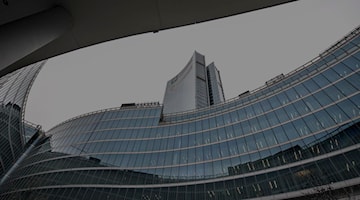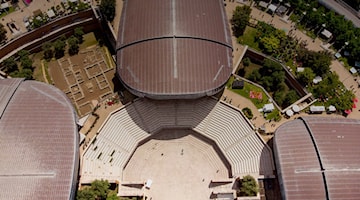Fermi National Accelerator Laboratory (Fermilab)
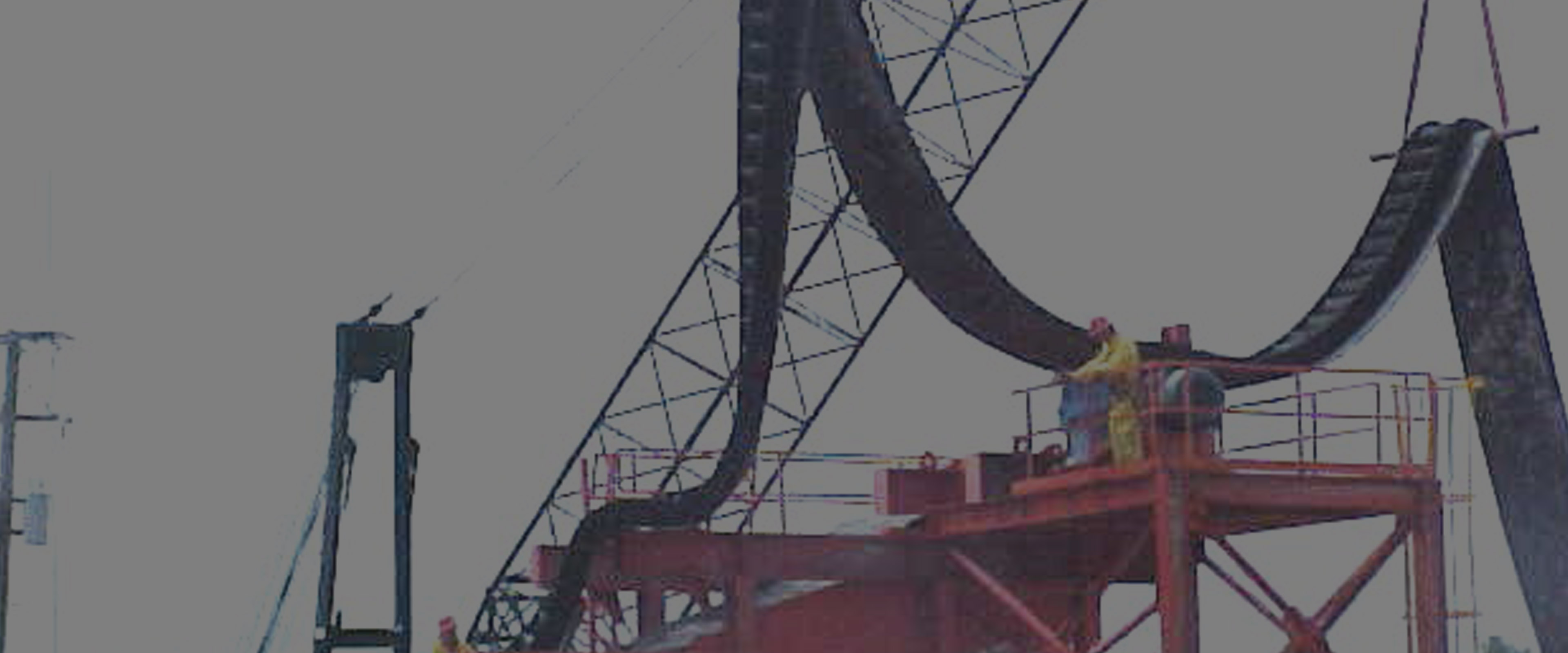
FERMI NATIONAL ACCELERATOR LABORATORY (FERMILAB), ILLINOIS, USA
The “Neutrino at Main Injector” scientific programme, which includes the Fermi National Accelerator Laboratory (Fermilab) project, required the construction of complex underground infrastructures in order to successfully carry out scientific research into the oscillations of neutrinos, subatomic particles, with the aim of determining whether they have mass.
The construction of Fermilab, in the municipality of Batavia, Illinois, made it possible to carry out the experiment of extracting the subatomic particles from an existing accelerator and sending them via magnetic plates to a new underground facility, where they are analysed before being "fired" at Soudan in Minnesota (about 650 km away), where changes in their original properties are detected.
The construction of Fermilab involved the construction of an approximately 1,258 m long, 6.20 m diameter, unlined tunnel excavated from rock using a Robbins TBM; the placement of a 1.20 m diameter welded steel pipe inside the tunnel; the backfilling of the tunnel with low-strength concrete after the placement of the steel pipe; and the construction of a walkway along the tunnel. In addition, two caverns and two access shafts of different depths were excavated and a connection to the existing accelerator at the laboratory was made.
So far, the scientific research has been successful and the experiment has reached the new challenge of determining whether or not the sterile neutrino exists.
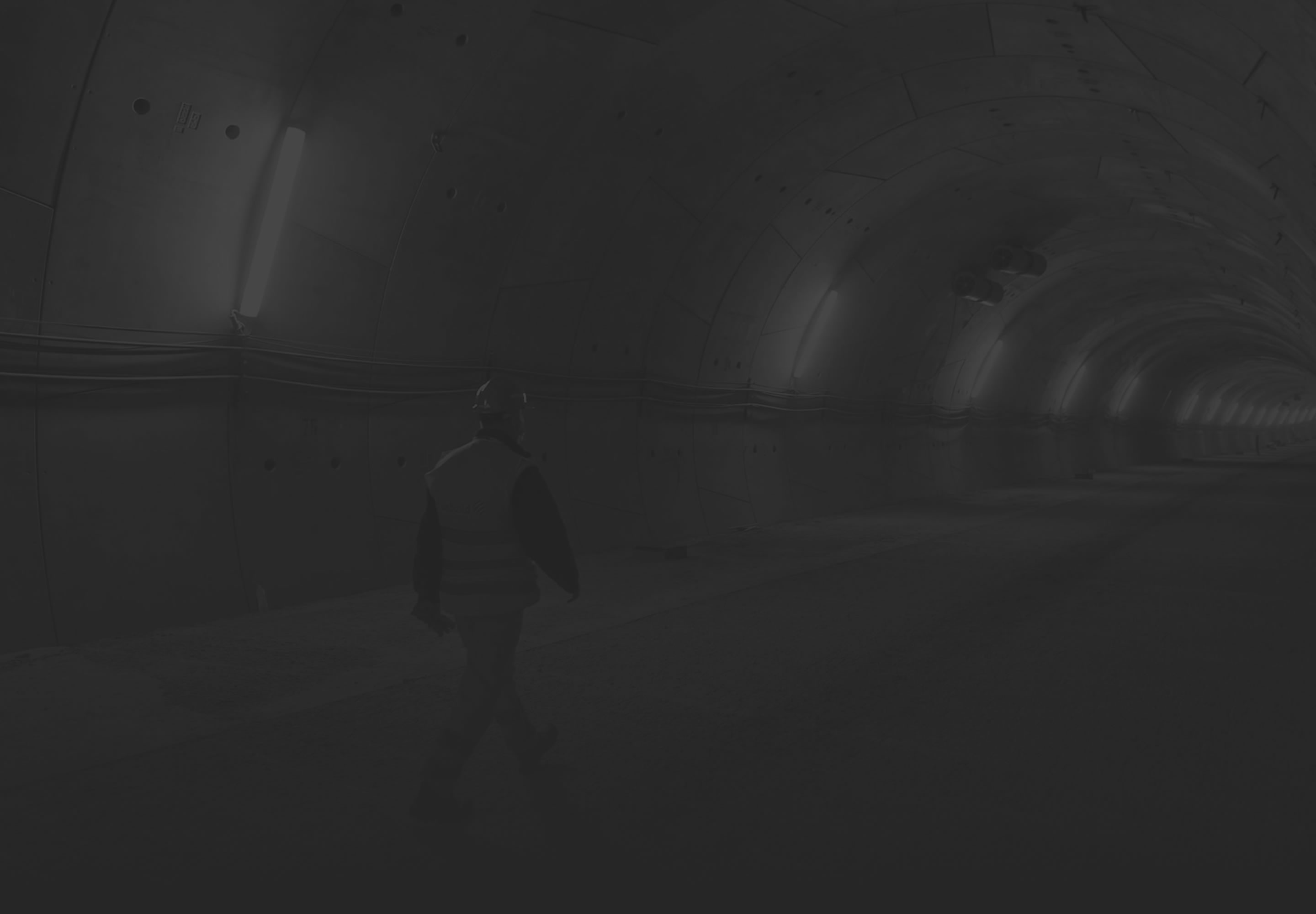
THE WORK AND THE TECHNIQUE
M TUNNEL
M TUNNEL DIAMETER
M DIAMETER WELDED STEEL PIPE
CAVERNS (8,659 M3 AND 5,400 M3)
ACCESS SHAFTS (7 M DIAMETER AND 38 M DEPTH - 8 M DIAMETER AND 103 M DEPTH)
U.R.A. – Universities Research Association Inc.
Webuild Group





